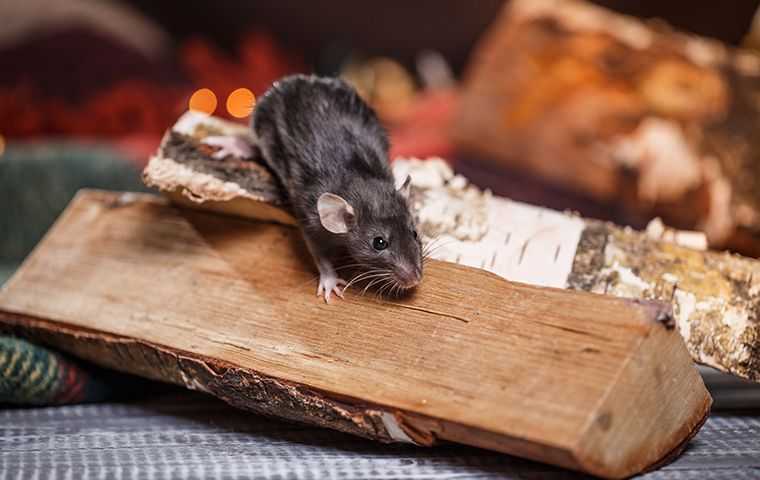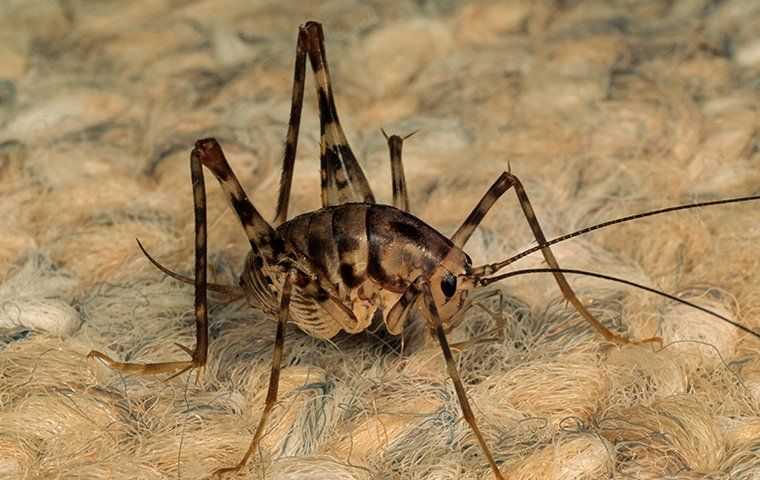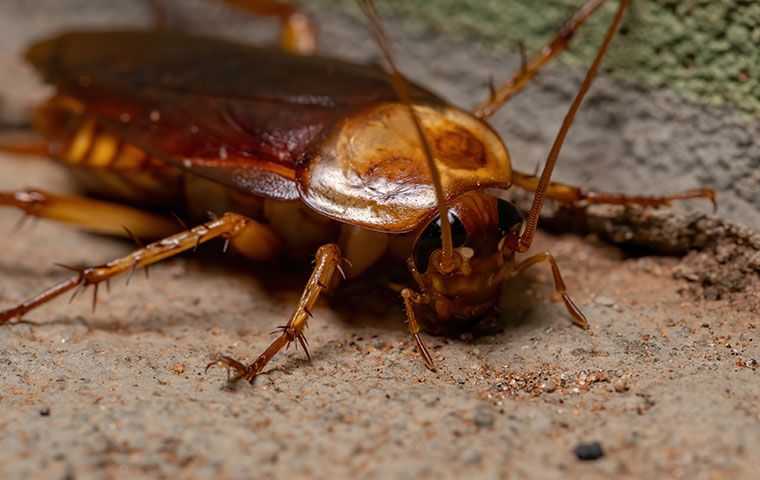When you wake up, you expect to see messy hair when you look in the mirror. As you stumble into the kitchen to start a fresh pot of coffee, you anticipate that nothing has changed in the kitchen from the night before. So, when you see a line of ants traveling along the baseboard, you are surprised. Walking to the garbage can, you notice a gaggle of ants crawling around the base. As you wipe the sleep from your eyes, you realize you have a pest problem.
When ants invade your home, you need ant control in the Salt Lake City area from Uinta Pest Solutions. We are a local, family-owned and operated company. Unlike many other pest control companies, we will not try to upsell services you do not need. As a customer-oriented company, we offer flexible scheduling, eco-friendly products, effective pest control solutions, and affordable services. When you partner with us, you will understand why we have over 90 5-star reviews on Thumbtack.
You probably found this article because you have a similar scenario to the one described above. We wrote this blog to help you understand why ants are inside your home, what you can do to stop the current invasion, and how to prevent a future ant problem. So, please keep reading to learn more.
Understanding Ant Behavior
Ants are social insects that live outside in colonies in the soil or wood (carpenter ants). Some species create nests in pavement cracks (pavement ants), in open fields next to structures (red imported fire ants), in cavities of dead trees (ghost ants), underneath stones, plants (Argentine ants), or stacks of firewood (odorous house ants). When they infest a Salt Lake City home, they live near water and food sources in walls, behind wood facades, baseboards, between cabinets, water heaters, leaking plumbing fixtures, termite-damaged wood, and potted plants, which are all attractants.
Inside the nest, ants organize themselves in a caste system. The lowest and largest segments are worker ants. These sterile ants are responsible for expanding the nest by creating new tunnels and chambers, foraging for food, the care of offspring, and feeding the colony. The next tier, soldier ants, protects the colony against outside invaders. Once there are enough workers and soldiers, the queen produces an additional caste: reproductive ants. In some species, these ants, known as swarmers, have wings and fly from the nest in the spring. During their flight, they mate. The males die shortly after mating, and the fertilized females begin a new colony. In other species, the reproductive ants do not possess wings but mate inside the colony. When a threat is detected, the fertilized queens exit the colony, along with a group of sterile worker ants, and begin a nearby satellite group. At the top of the caste system is the queen. The queen is the founding member of the colony, and its responsibility is the production of eggs.
Another aspect of ant behavior is how they communicate. Ants produce chemicals known as pheromones, which they use to create a path to food and water sources. If you wonder why there is a line of ants inside your home, it is because they are following a pheromone trail into your house to a food source. Ants release these chemical compounds when attacked to alert other ants of danger; they produce them to entice the opposite sex.
Within a nest, ants are cooperative. Workers ants will band together to create rafts and bridges to overcome obstacles or traverse water. Ants at the different levels of the caste system perform their functions; however, many species are not harmonious with other ant species. For example, Argentine ants will attack another species if they attempt to create a colony nearby.
Each ant species has unique characteristics and habits which can make pest control challenging. While product applications may eradicate some ant populations, others react by creating more colonies in the home. Uinta Pest Solutions trained technicians will determine the species infesting your house and develop ant pest control treatments that will solve, not worsen, your ant infestation problem.

Common Attractants And Food Sources
Although different species have preferences, ants are omnivores that will consume the following:
-
Proteins
-
Fats
-
Carbohydrates
-
Crumbs
-
Moisture
If you want to get rid of ants, you'll need to remove access to these macronutrients and other attractants.
Sugar attracts many ant species (e.g., odorous house ants, pharaoh ants, and pavement ants). You will find ants around household products like syrup, spilled fruit juices, colas, and honey. They also invade fruit bowls, especially when they contain overripened fruits. Some, like odorous house ants, prefer a sweet substance known as honeydew produced by aphids in plants.
While ants eat sugar, some prefer protein or seek out protein sources during peak reproductive months. Ants will consume other dead insects, meats, cheeses, pet foods, nuts, and other protein-rich foods. Chances are you've not only heard of sugar ants, but you've heard of grease ants. These are not specific ant species but catch-all terms used to describe several species attracted to these foods. Thief and odorous house ants are two species that have a propensity for cooking oil, grease, butter, or oily crumbs. Because food crumbs from bread, cookies, and chips contain protein, fat, and carbohydrates, they attract ants.
Water is another attractant for ants. Outside the home, they live under rocks, mulch, boards, sidewalks, and other high-moisture areas. Inside, they live around potted plants, leaking plumbing, drains, sinks, shower stalls, etc.
When a Uinta Pest Solutions technician inspects your home for pest control ant treatment, we will identify food and water enticements so you can remove them.
Signs You Need Professional Intervention
Large or multiple nests in your yard or home indicate you need ant pest control near you from Uinta Pest Solutions. Plentiful ant nests or those of significant size on your property reveal that the infestation is beyond what a typical home remedy can handle. Professional exterminators have the tools and expertise to deal with larger infestations.
Structural damage is another sign you need professional expertise. Carpenter ants are so-called because they infest damp wood. Unlike termites, they do not consume wood for nutritional value, but they bore smooth tunnels deep into the wood to create nests and chambers. Once carpenter ants establish a colony in your crawl space, attic, or basement, they begin additional satellite nests throughout the home. After years of a carpenter ant infestation, wood structures weaken and may cause warping window and door frames, sagging floors, and other structural problems.
Health concerns are another reason for professional intervention. Ants do not discriminate regarding where they forage for food. As they travel over drains, trash, animal feces, and other unsanitary surfaces, the tiny claws on their feet (tarsi) pick up bacteria. When they move through a house, contaminants transfer onto surfaces and objects. While not all ant species transmit diseases, pharaoh ants spread diseases.
It is understandable why many purchase a store-bought product hoping to eliminate ants; however, their persistent presence indicates the need for professional pest control. When this occurs, you probably have ants living and reproducing inside the walls, behind wood facades, or plants inside the house. Furthermore, it indicates the presence of attractants in the yard and the home.
Ants inside your Salt Lake City home demonstrate that you have entry points into your house. Ants can access your house using tree and shrub branches touching the structure, gaps between incoming pipes and wires, and cracks in the foundation and roofline. Finding foundation cracks can be difficult, but if you have someone outside while you enter the crawl space at night, you can use light from a flashlight to find cracks. Use a silicone-based caulk to seal gaps and cracks in your home. When a technician inspects your Salt Lake City home, we can point out the entry points.
Another indicator of the need for professional pest control is garden or landscape damage. A species found in Utah, harvester ants strip vegetation around their nests in yards and create unsightly patches in the lawn; they also remove seeds from gardens. Argentine ants inadvertently damage plants by protecting honeydew-producing aphids, which attract other plant-damaging pests.
When you contact Uinta Pest Solutions for ant control in your house, we will dispatch a trained, experienced technician to inspect your home for entry points, attractants, hot spots, and ant identification. Using the information we gather, we will develop a custom treatment plan to eradicate the ant population in your home. We will create a barrier around your home to discourage ants from entering. Our focus is on solving pest problems, not controlling them.
Five Simple Tips To Prevent Future Ant Infestations
Once a Uinta Pest Solutions-trained technician eradicates ants from your house, you do not want to experience a future problem. These five suggestions will deter ants from invading your home in the future:
-
Keep indoor garbage containers closed
-
Seal foundation and roofline cracks
-
Store food products in airtight containers
-
Wipe down cooking and eating surfaces after meals
-
Repair leaking pipes in the house
Maintaining a clean, dry home will discourage ants from entering. When a technician inspects your home for ant removal, we can offer more suggestions. Contact us today to learn about our ant control services and request your free quote.

Customer Testimonials
Recent Blog Posts
Request Your Free Quote
Complete the form below to schedule your no-obligation quote





